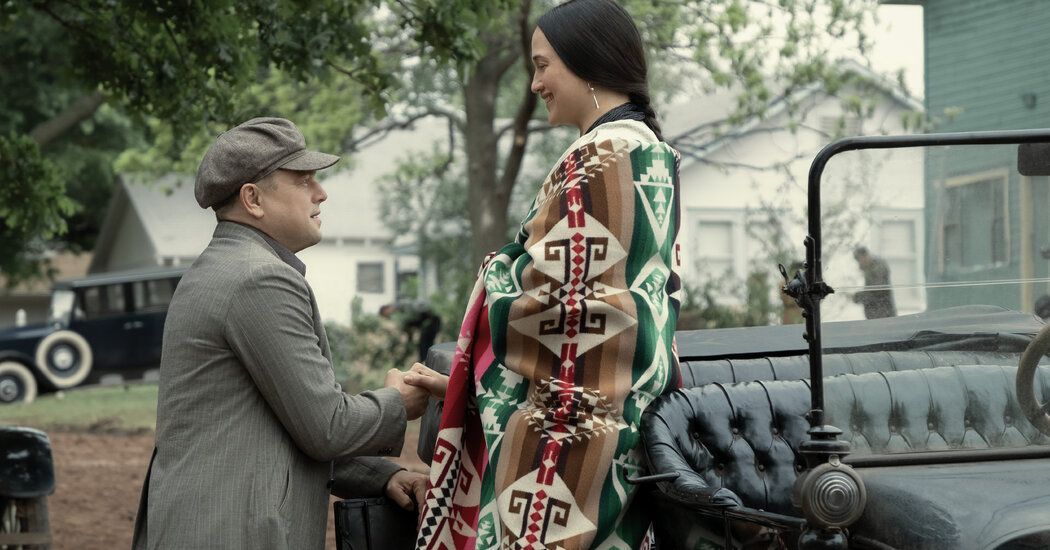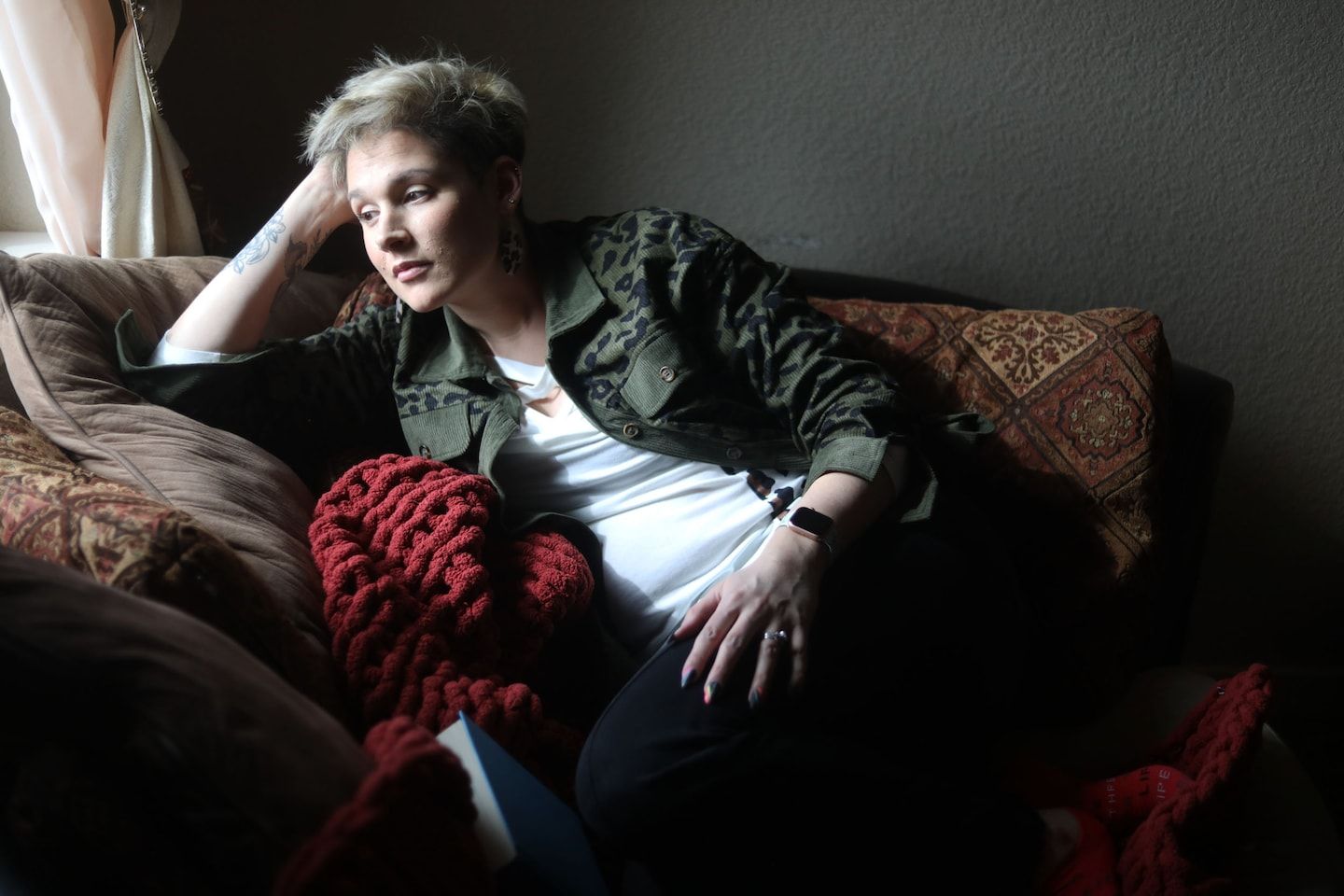‘Killers of the Flower Moon’ Premieres at Cannes
On Saturday, “Killers of the Flower Moon,” Martin Scorsese’s harrowing epic about one of America’s favorite pastimes — mass murder — had its premiere at the Cannes Film Festival, screening out of competition. It’s Scorsese’s first movie at the event since his nightmarish screwball “After Hours” was presented in 1986, winning him best director. For this edition, he walked the red carpet with the two stars who have defined the contrasting halves of his career: Robert De Niro and Leonardo DiCaprio.
Adapted from David Grann’s nonfiction best seller of the same title — the screenplay was written by Scorsese and Eric Roth — the movie recounts the murders of multiple oil-rich members of the Osage Nation in Oklahoma during the 1920s. Grann’s book is subtitled “The Osage Murders and the Birth of the FBI,” while the movie primarily focuses on what was happening on the ground in Oklahoma. The name of the young bureau chief, J. Edgar Hoover, comes up but largely evokes the agency’s future, its authority, scandals and that time DiCaprio played a closeted leader in Clint Eastwood’s “J. Edgar” (2011).
“Killers of the Flower Moon” is shocking, at times crushingly sorrowful, a true-crime mystery that in its bone-chilling details can make it feel closer to a horror movie. And while it focuses on a series of murders committed in the 1920s, Scorsese is, emphatically, also telling a larger story about power, Native Americans and the United States. A crucial part of that story took place in the 1870s, when the American government forced the Osage to leave Kansas and relocate in the Southwest. Another chapter was written several decades later when oil was discovered on Osage land in present-day Oklahoma.
When DiCaprio’s Ernest Burkhart arrives by train at the Osage boomtown of Fairfax, oil derricks crowd the bright green plains as far as the eye can see. Still wearing his dun-colored doughboy uniform from the recently ended war, Ernest has come to live with his uncle, William Hale (Robert DeNiro), along with a clutch of other relatives, including his brother (Scott Shepherd). A cattleman with owlish glasses and a pinched smile, the real Hale had nurtured such close relations with the local Native American population that he was revered, Grann writes, “as King of the Osage Hills.”
Source: The New York Times


